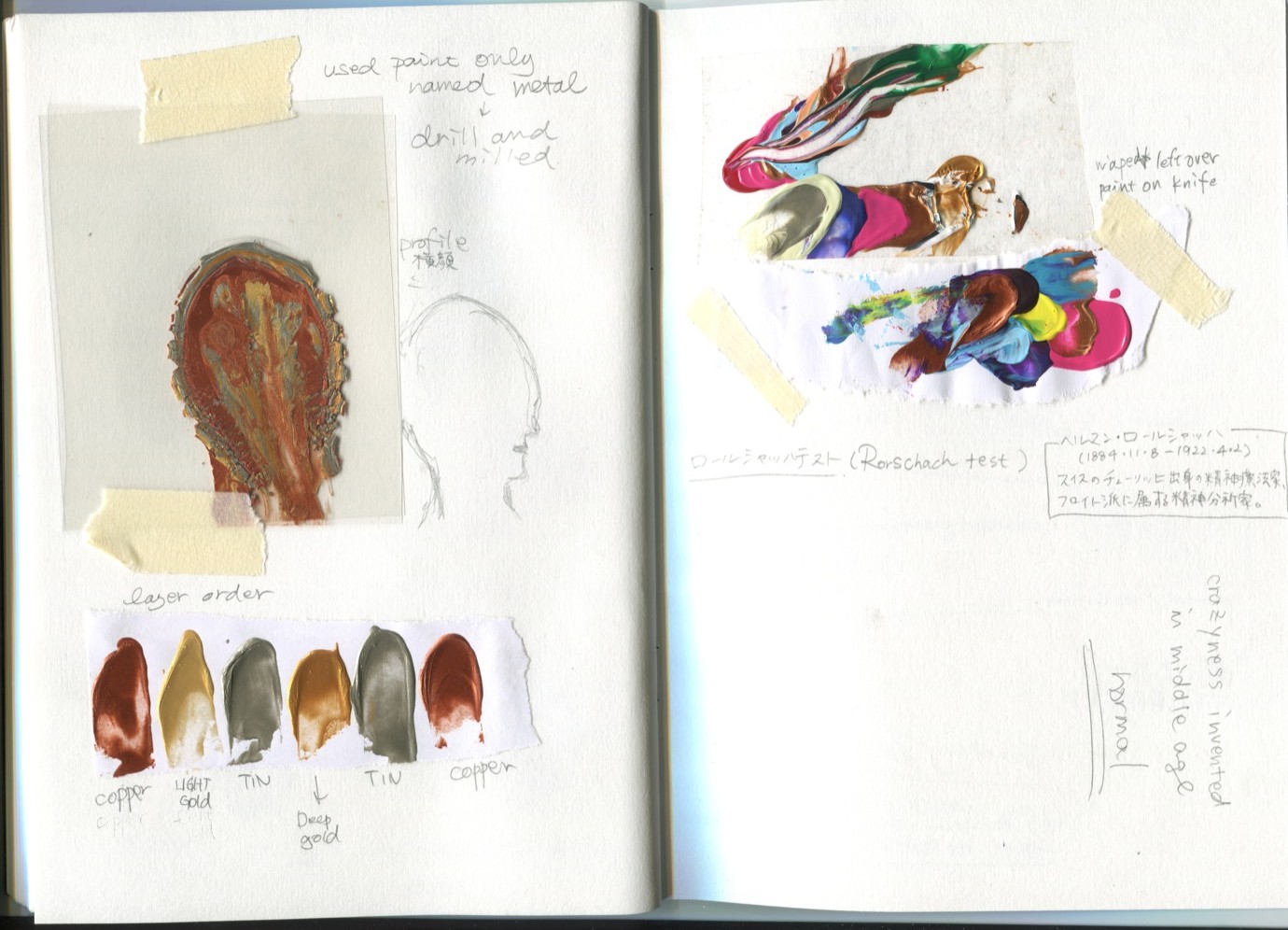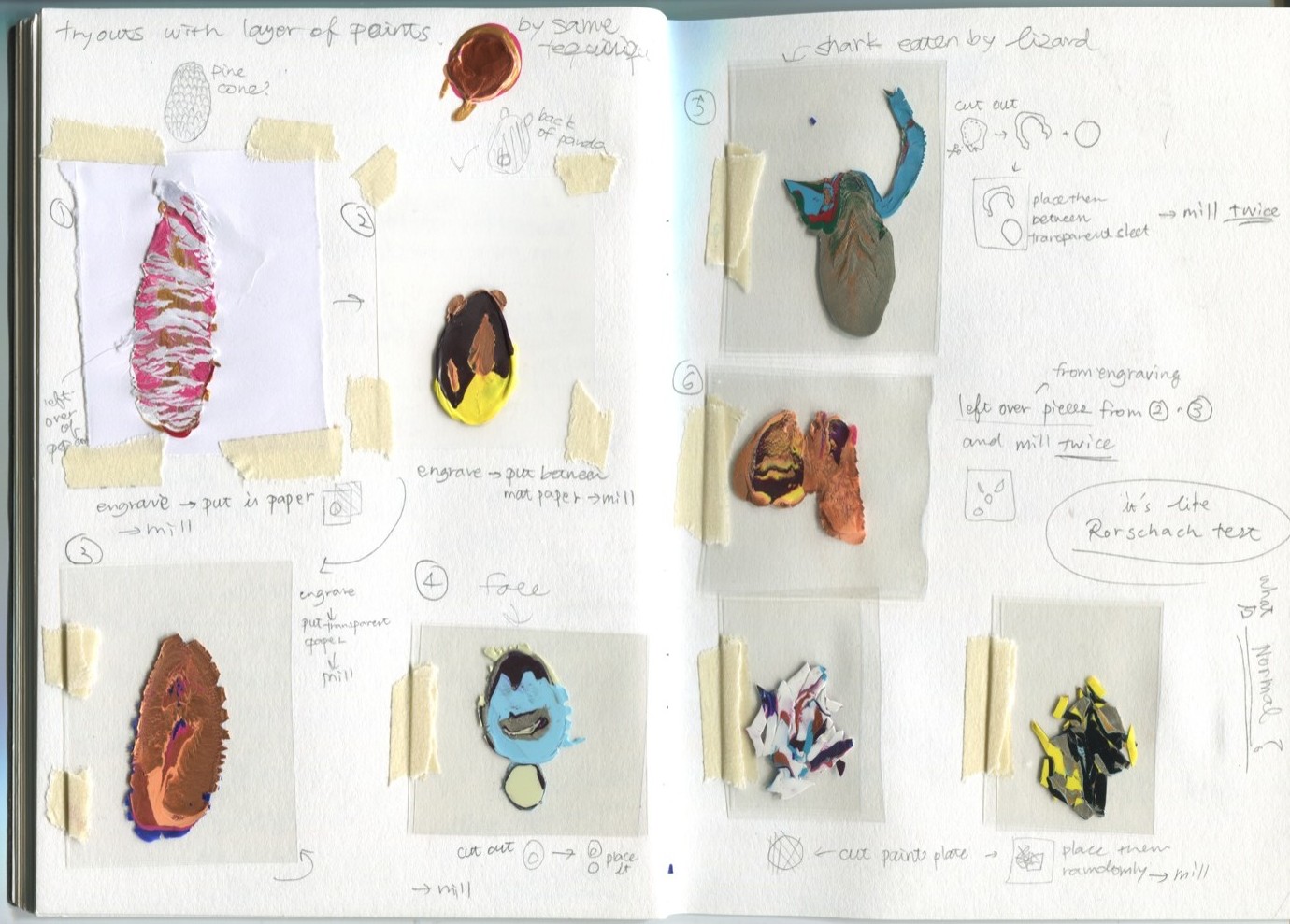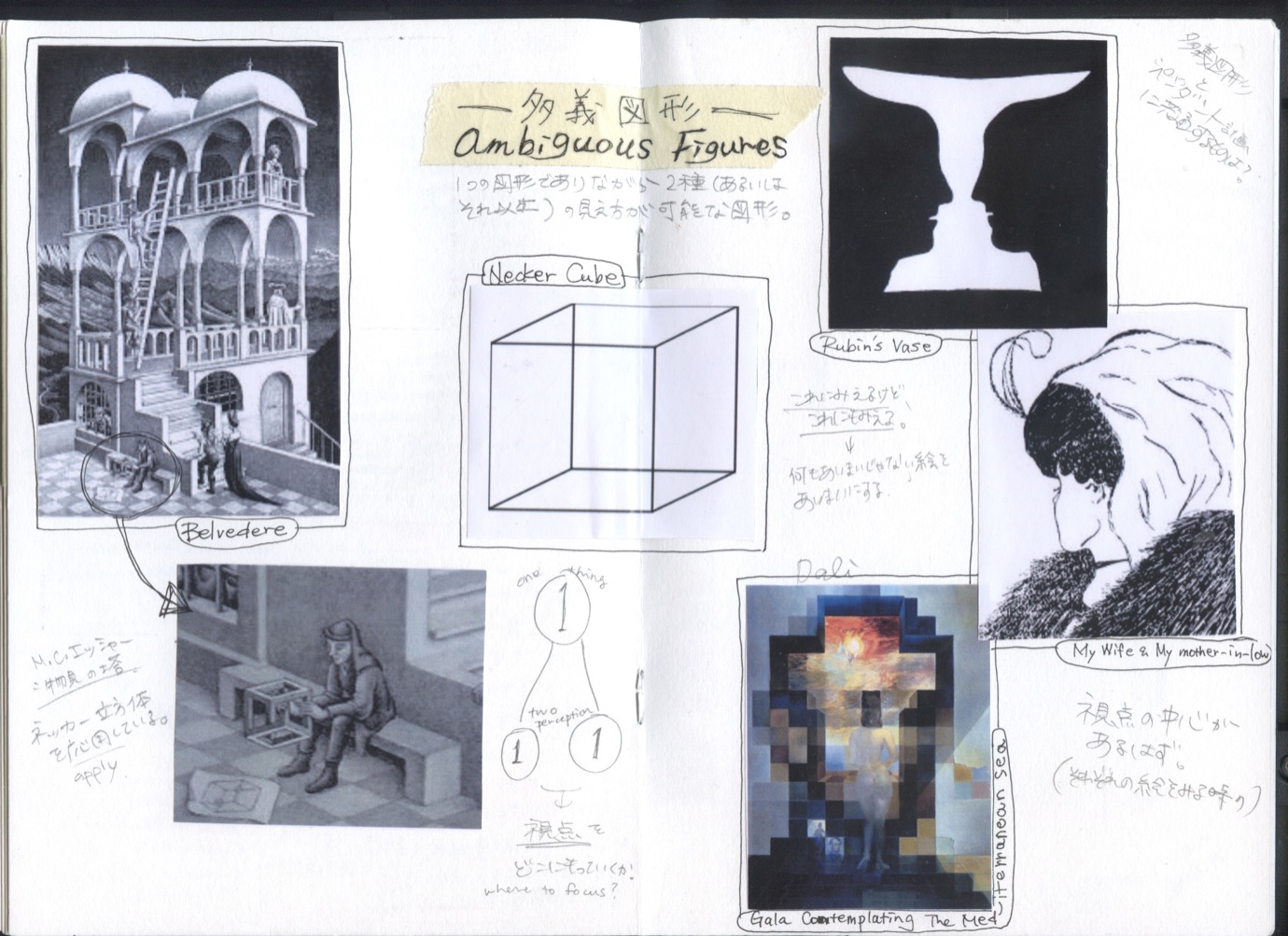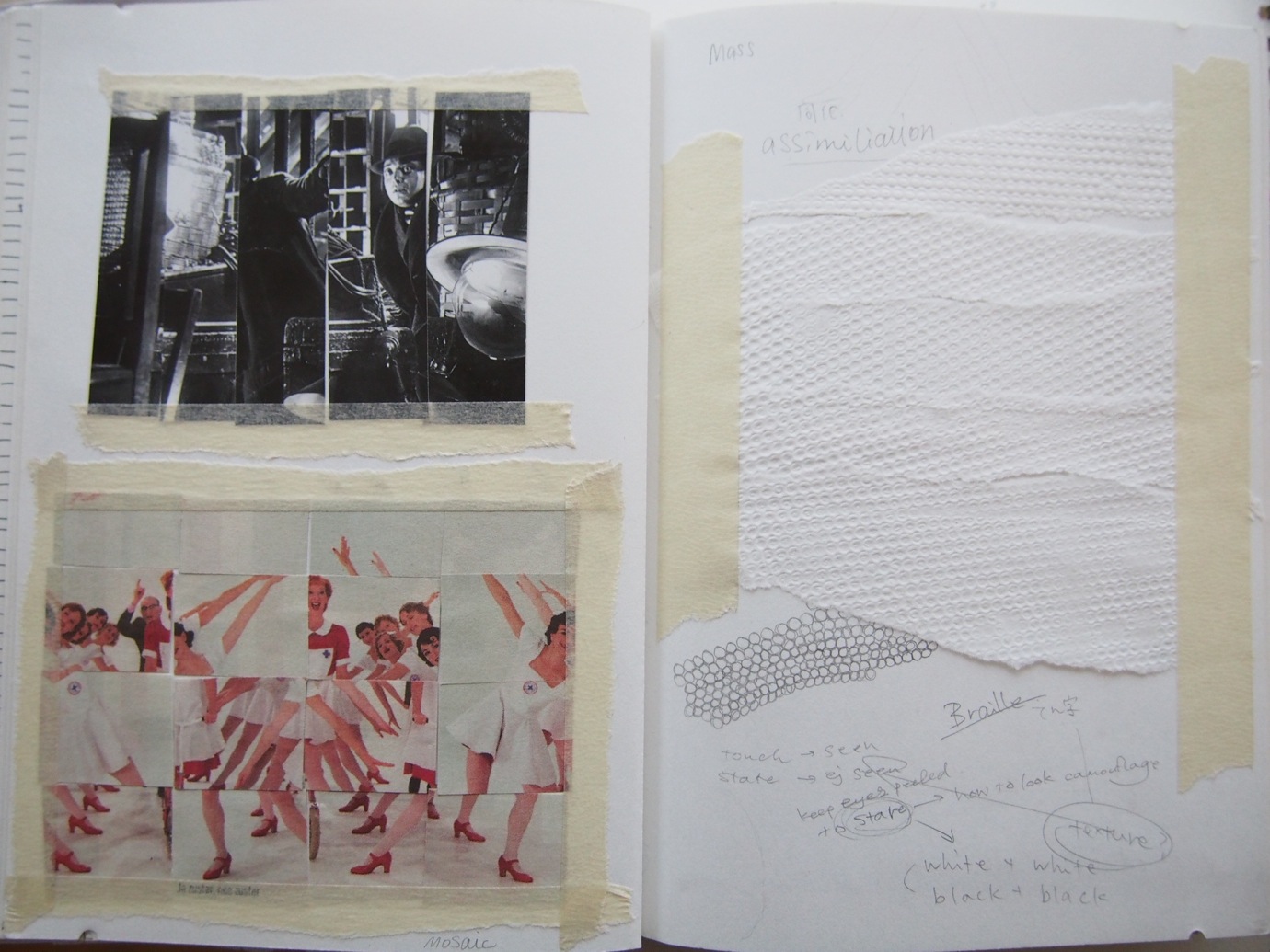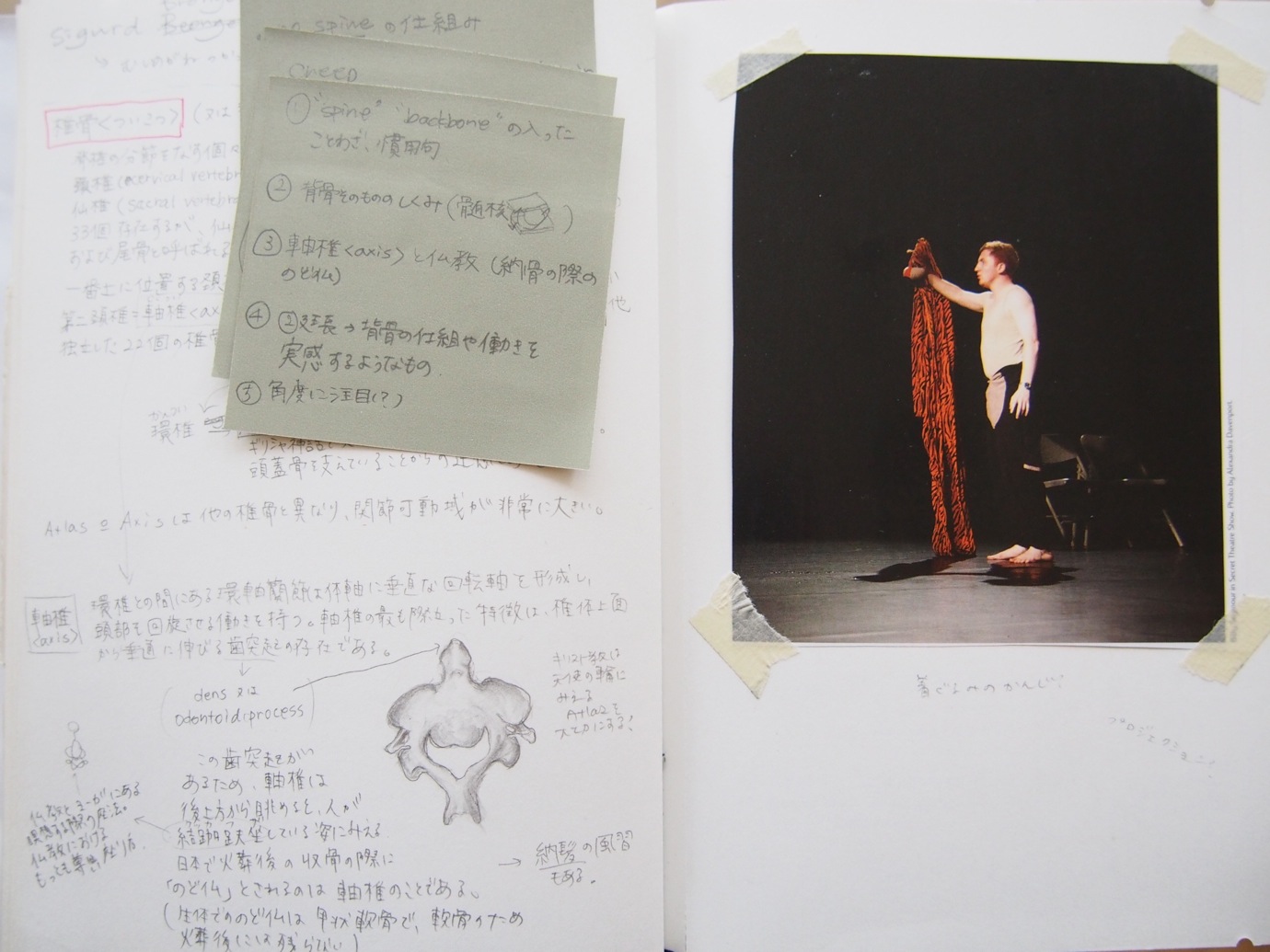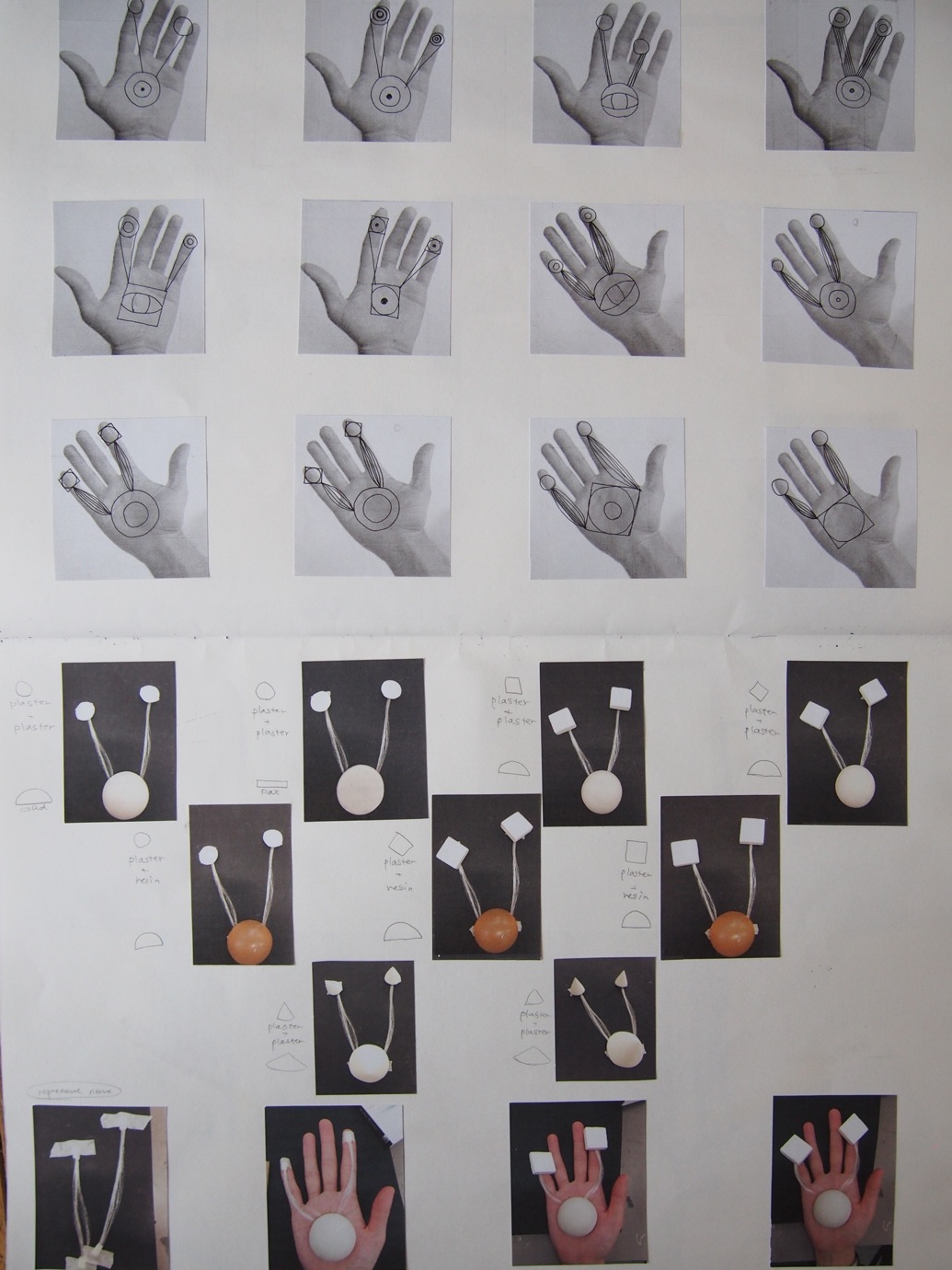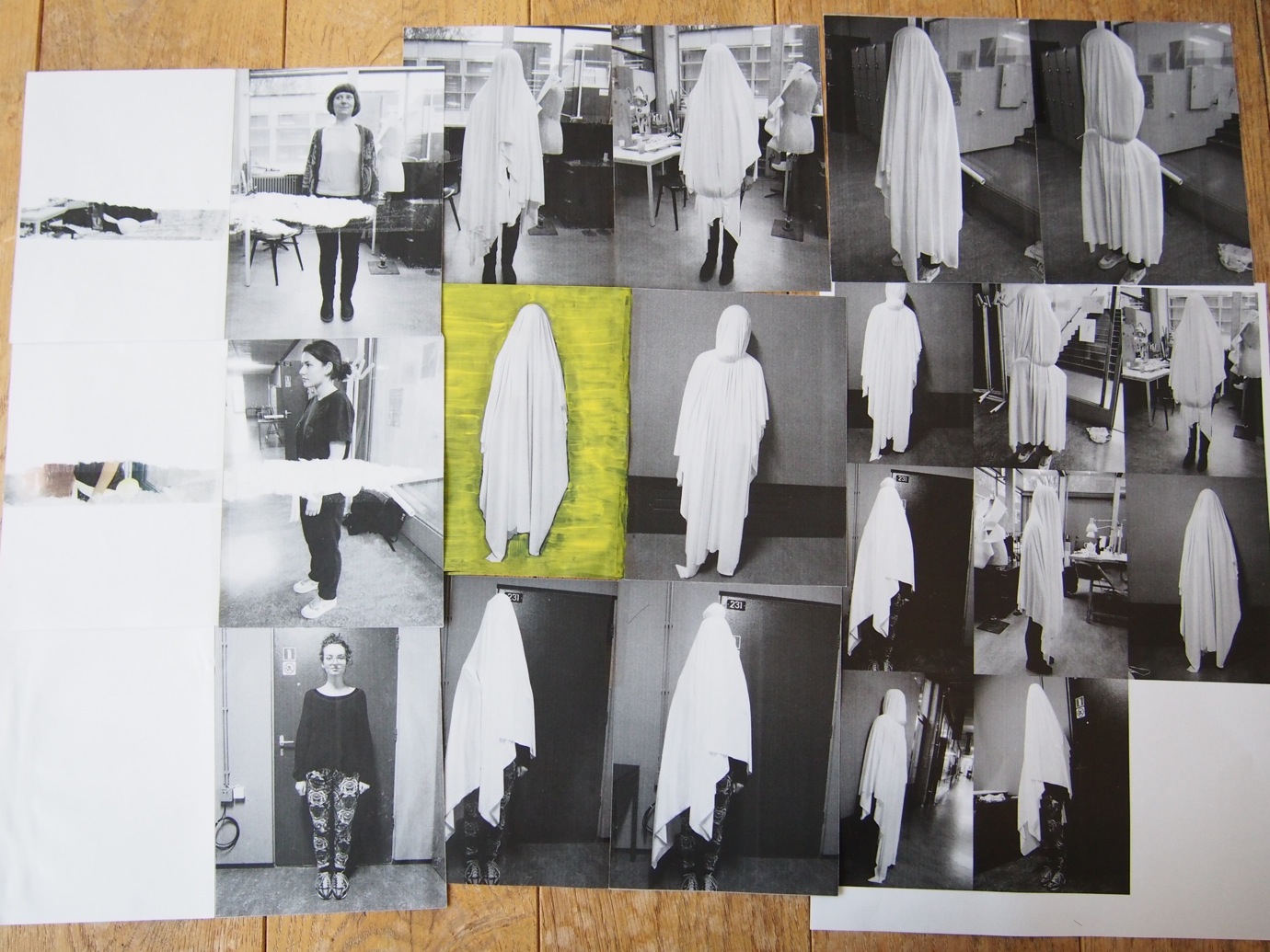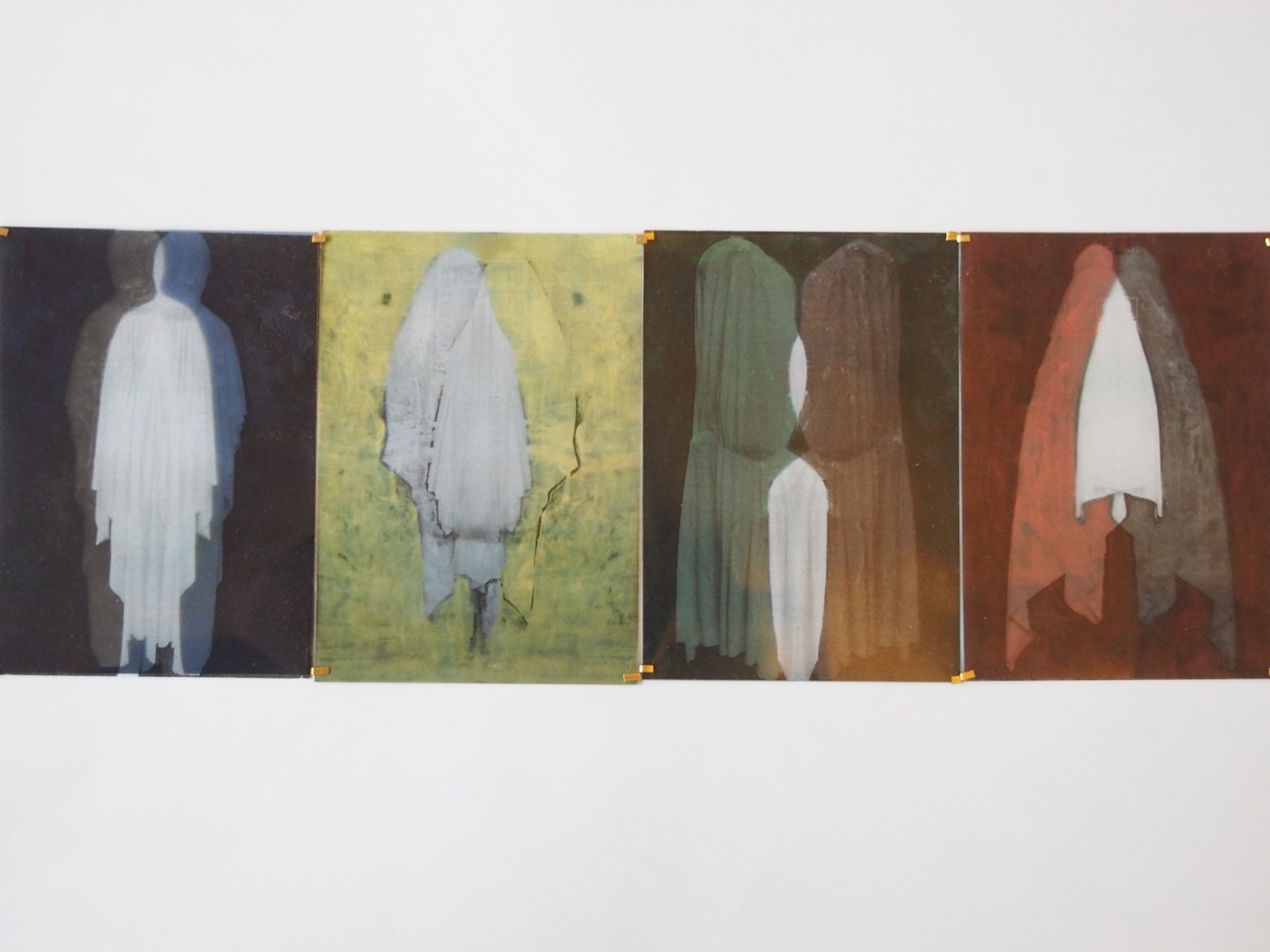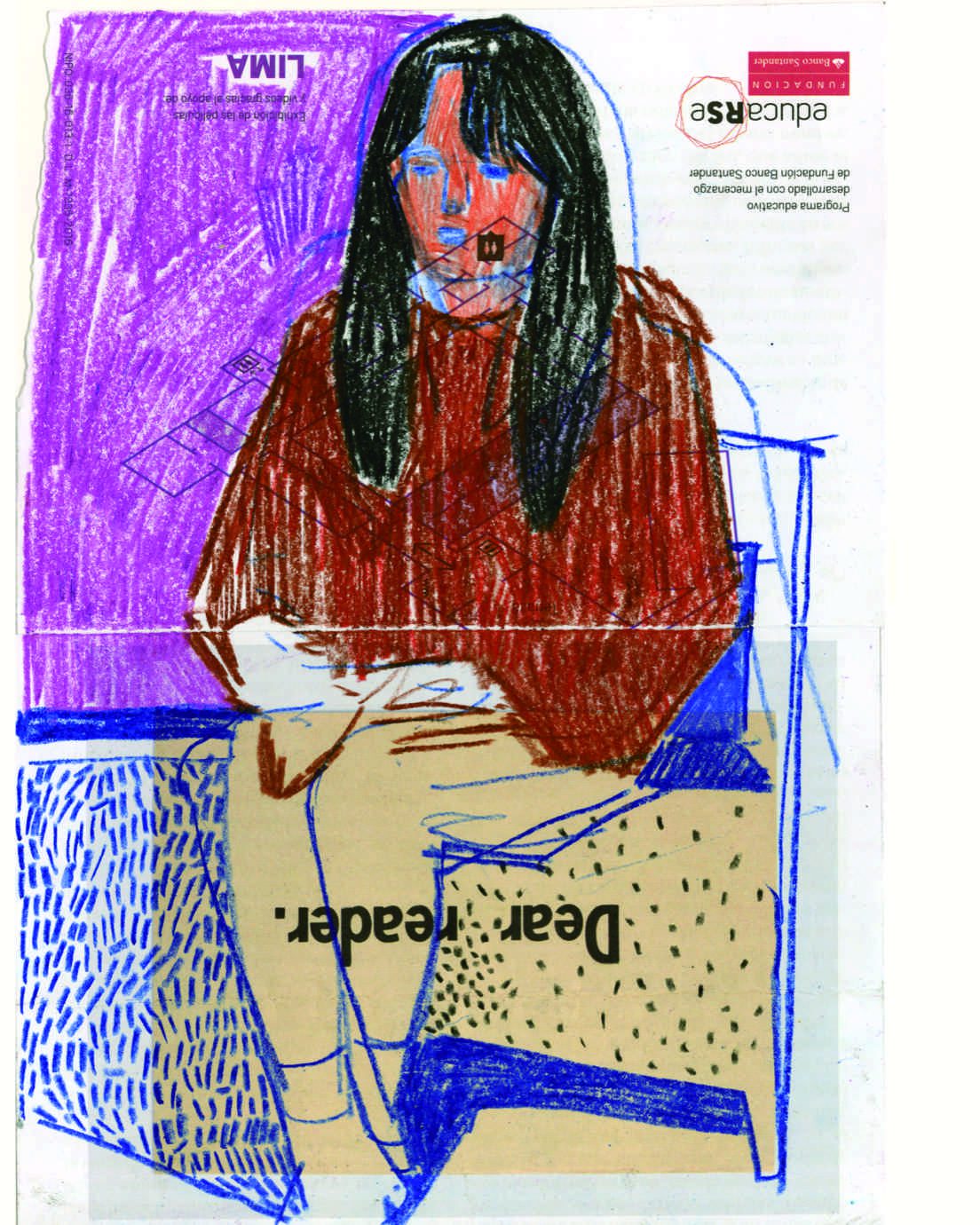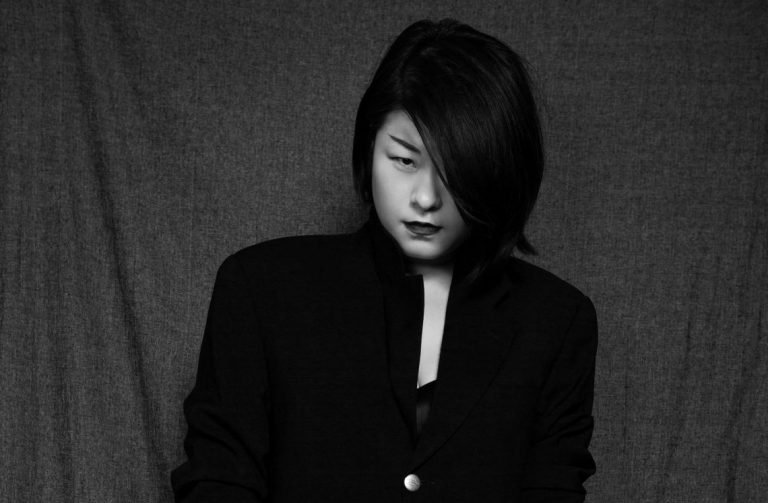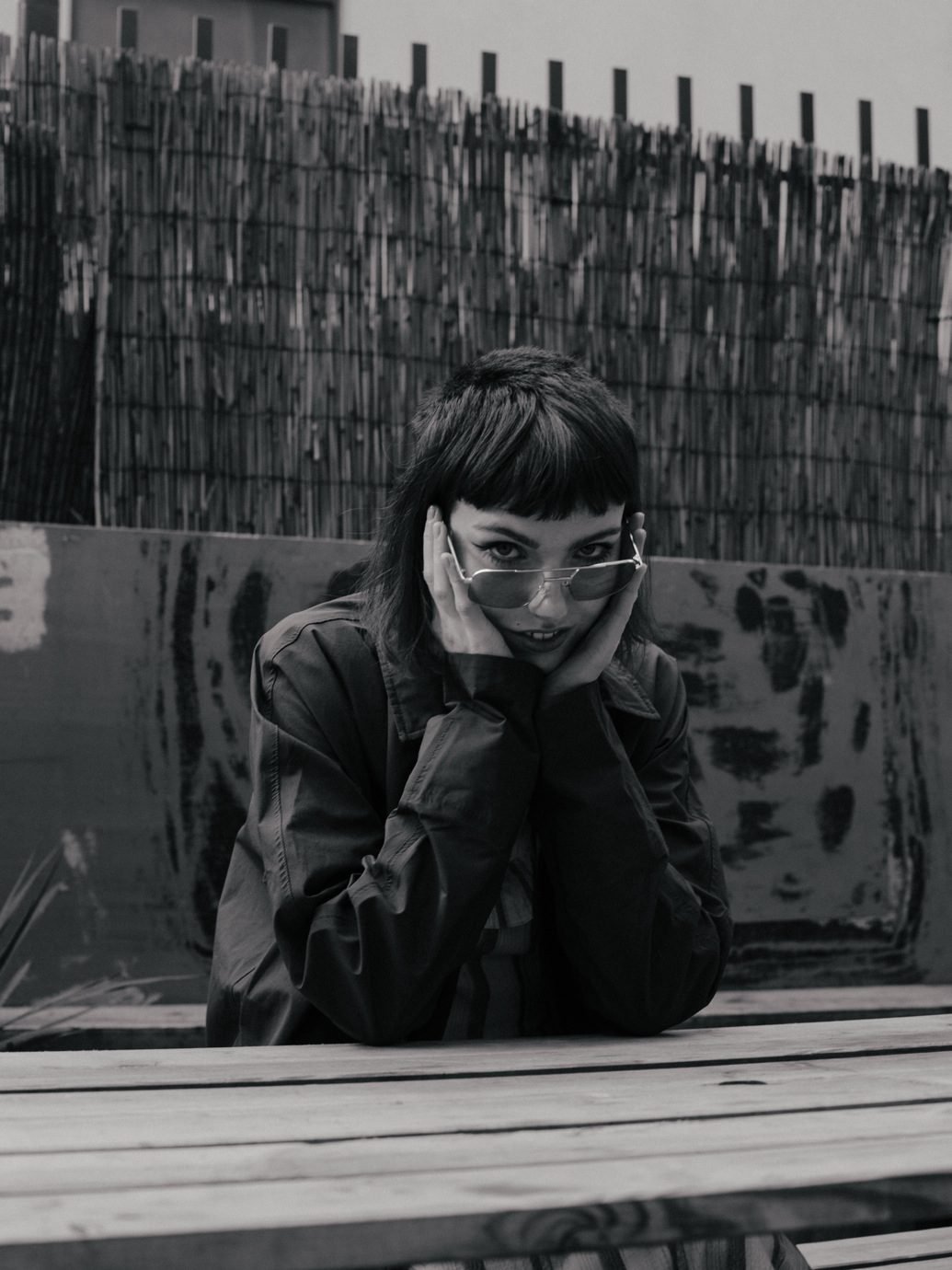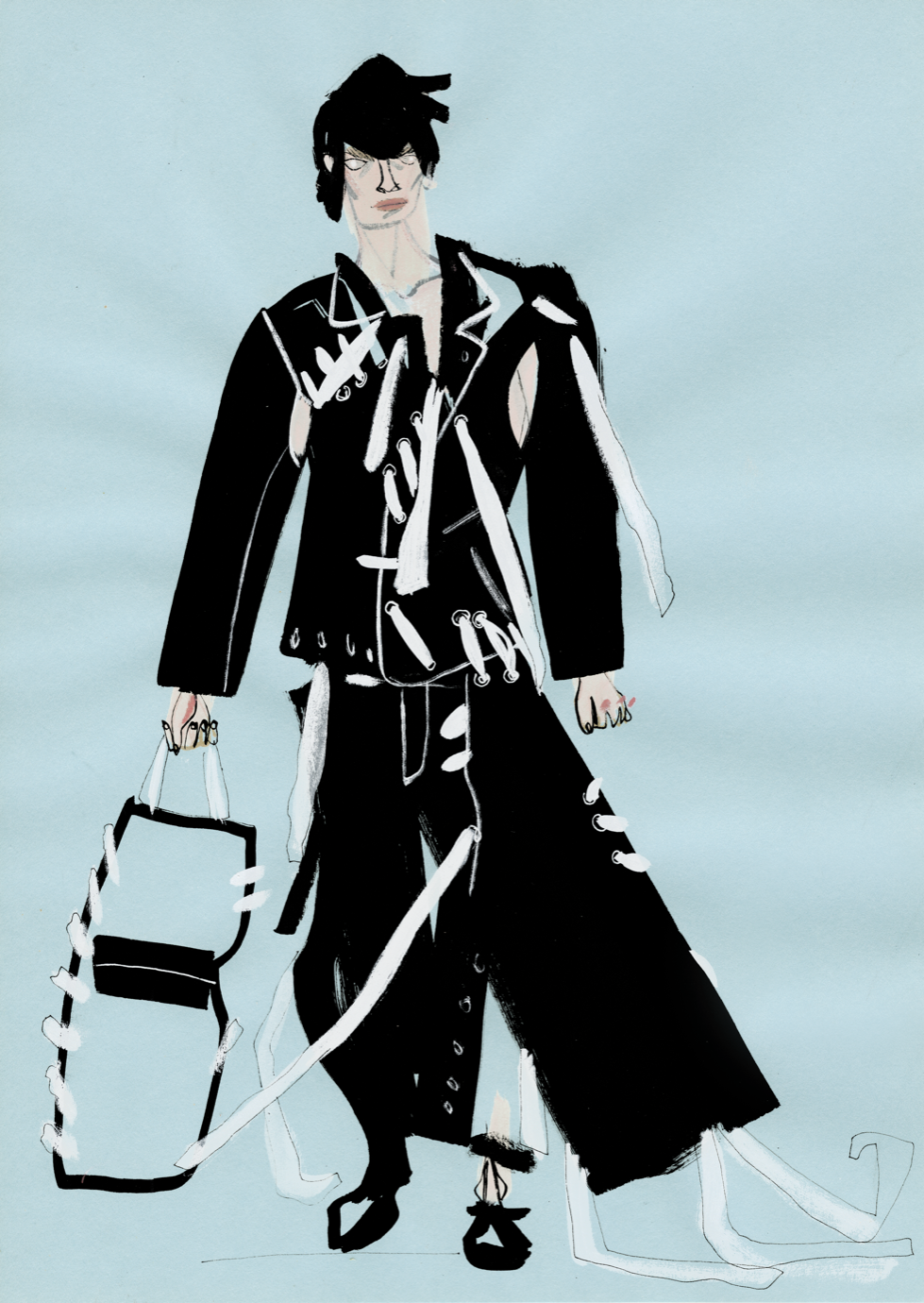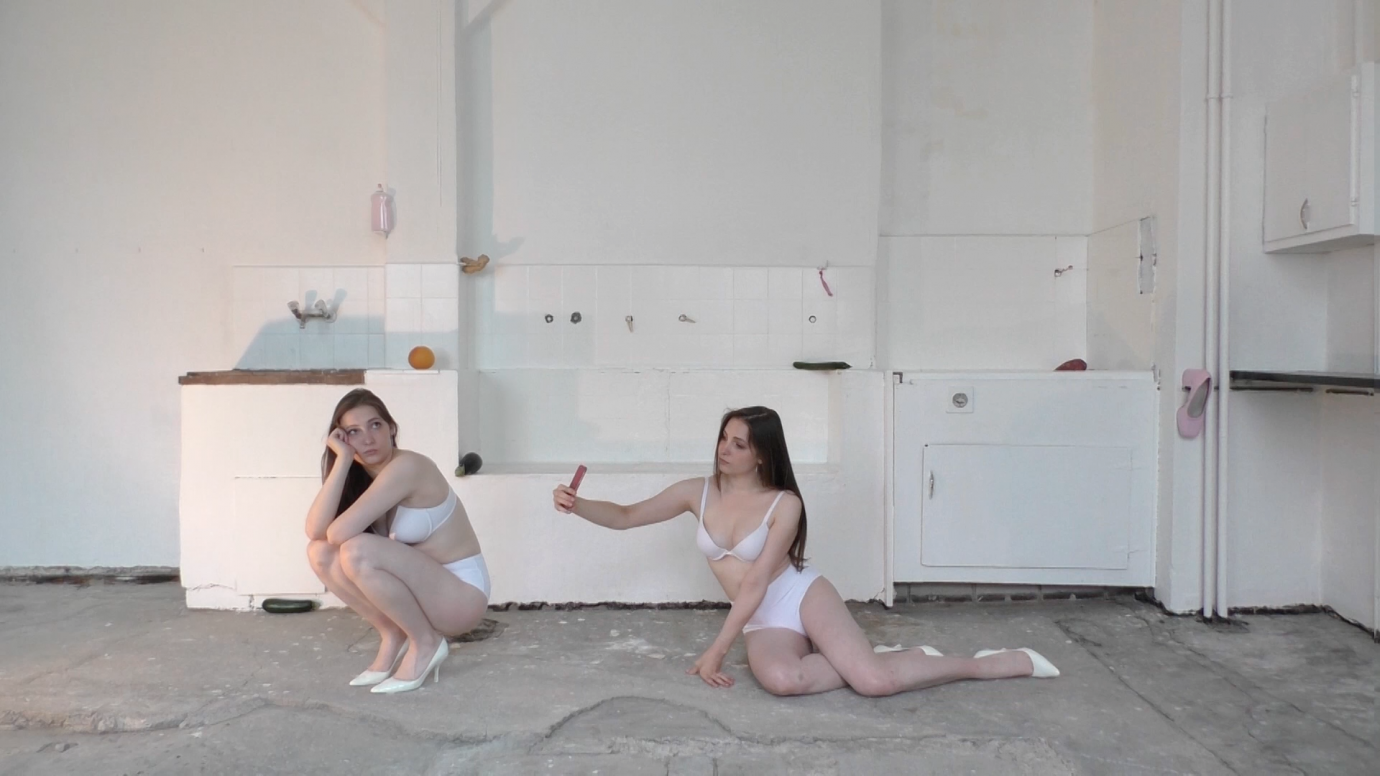“WE ARE A VERY SMALL GROUP COMPARED TO CSM’S BA JEWELLERY. I’M IN THE SECOND YEAR AND WE ARE A GROUP OF FIVE. WE HAVE WORKSHOPS, BUT IT’S NOT ONLY ABOUT JEWELLERY TECHNIQUES. FOR EXAMPLE, WE HAVE HAD A DANCE WORKSHOP, A PERFORMANCE WORKSHOP, A BIOLOGY-BASED WORKSHOP, AND SO ON.”
What were you doing in Japan before going into foundation at Central Saint Martins?
I was working as a hairdresser for about 6 years. I started to think about learning design or art through that job.
Have you always wanted to go into jewellery, or did the foundation course at CSM help you to choose?
I wasn’t sure if was the right direction for me at first. That’s why I chose the diagnostic pathway, where I could try fashion, textiles, and product design classes as well. Then I realised that I enjoyed jewellery the most. I didn’t plan to continue studying, because I was planning to go back to Japan and work again after foundation, but I decided to continue the discipline on a BA level.
How do you feel about your current personal practice compared to what you have first learned at CSM? And what you are learning now at the Gerrit Rietveld Academie?
When I started at CSM, I didn’t really know about design and art, and I had never even heard about ‘contemporary jewellery’. Everything was new. The projects were so brief — it was like doing short distance sprints. But how I work at Rietveld is almost the opposite: it’s like walking. Projects are long-term and they are quite open. There was even a period when nobody had a common theme. So I can wander, make a detour and I don’t need to set any goals. I can do lots of experiments with different materials and I am open to many possibilities. This makes my research diverse. But on the other hand, it’s easier to get lost, which has happened to me last year. Through this experience I felt I had to determine my perspective and philosophy on jewellery.
Is your course workshop-based or is it more conceptual?
We are a very small group compared to CSM’s BA Jewellery. I’m in the second year and we are a group of five. We have workshops, but it’s not only about jewellery techniques. For example, we have had a dance workshop, a performance workshop, a biology-based workshop, and so on. We also learn theory in class, and we read philosophy and art related books. I feel we have strong concept-based studies, but I still think it’s very experimental.


